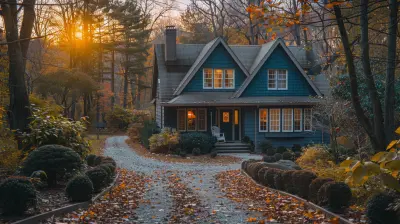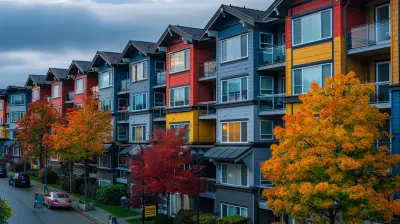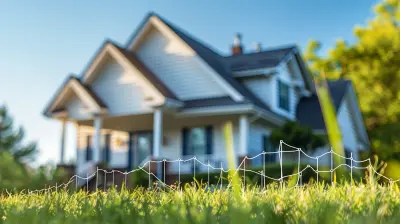Why Mixed-Use Communities are Key to Sustainable Urban Living
27 May 2025
Urban living has changed dramatically over the years. With rising populations, increasing traffic congestion, and environmental challenges, cities need smarter solutions to support growth without sacrificing livability. Enter mixed-use communities—a modern way of designing urban spaces that integrates residential, commercial, recreational, and even cultural areas into one cohesive environment.
But why are mixed-use developments becoming the gold standard for sustainable urban living? Let’s break it down.
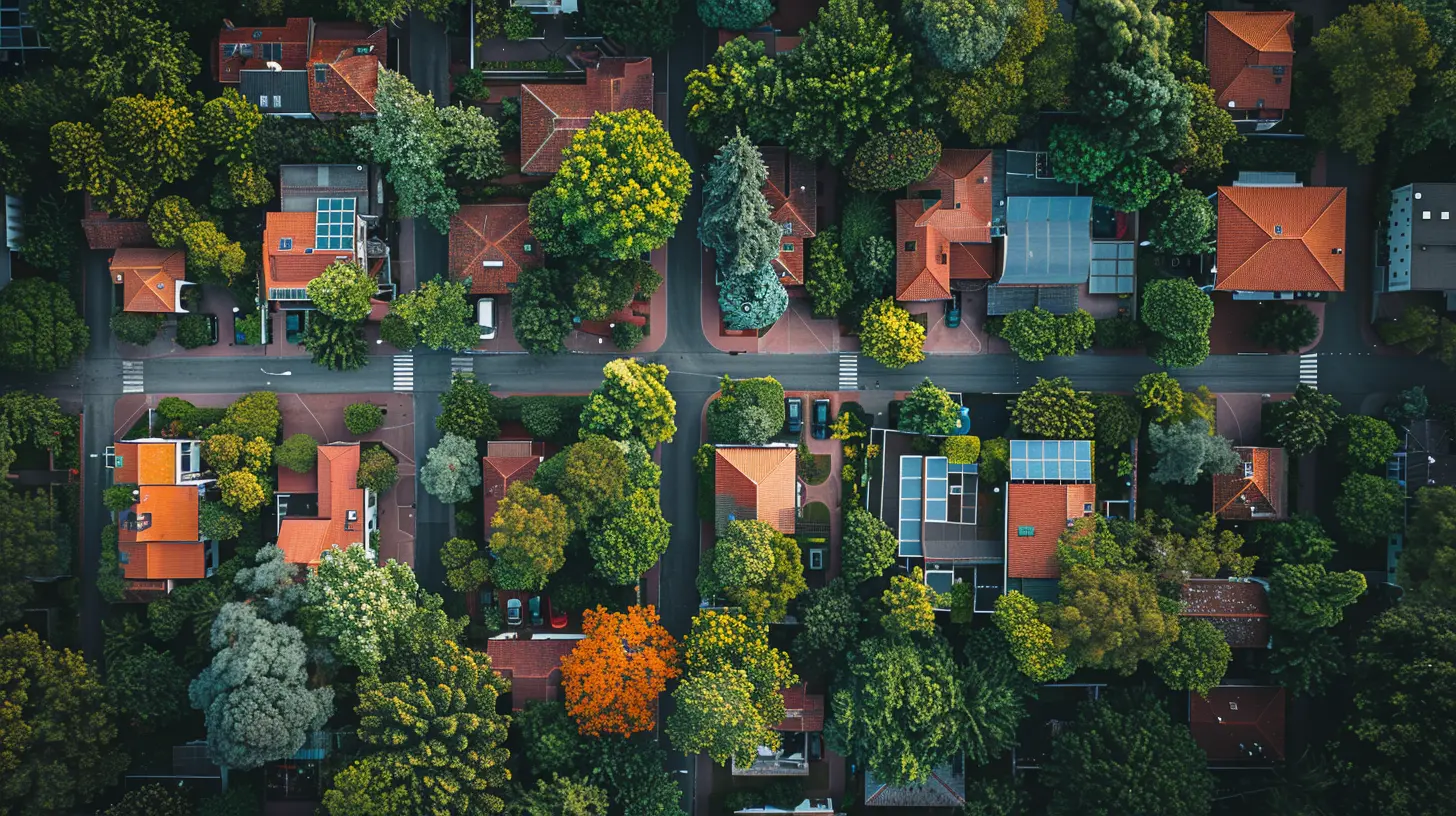
What Are Mixed-Use Communities?
Before diving into their benefits, let’s clarify what we mean by mixed-use communities. These are neighborhoods designed to serve multiple purposes within the same area. Instead of having separate zones for housing, businesses, and leisure activities, mixed-use developments combine them all within walkable distances.Think about it—wouldn't it be great if you could live, work, shop, and relax all within the same community? No long commutes, no hectic drives across town, just a seamless experience where everything you need is within reach.
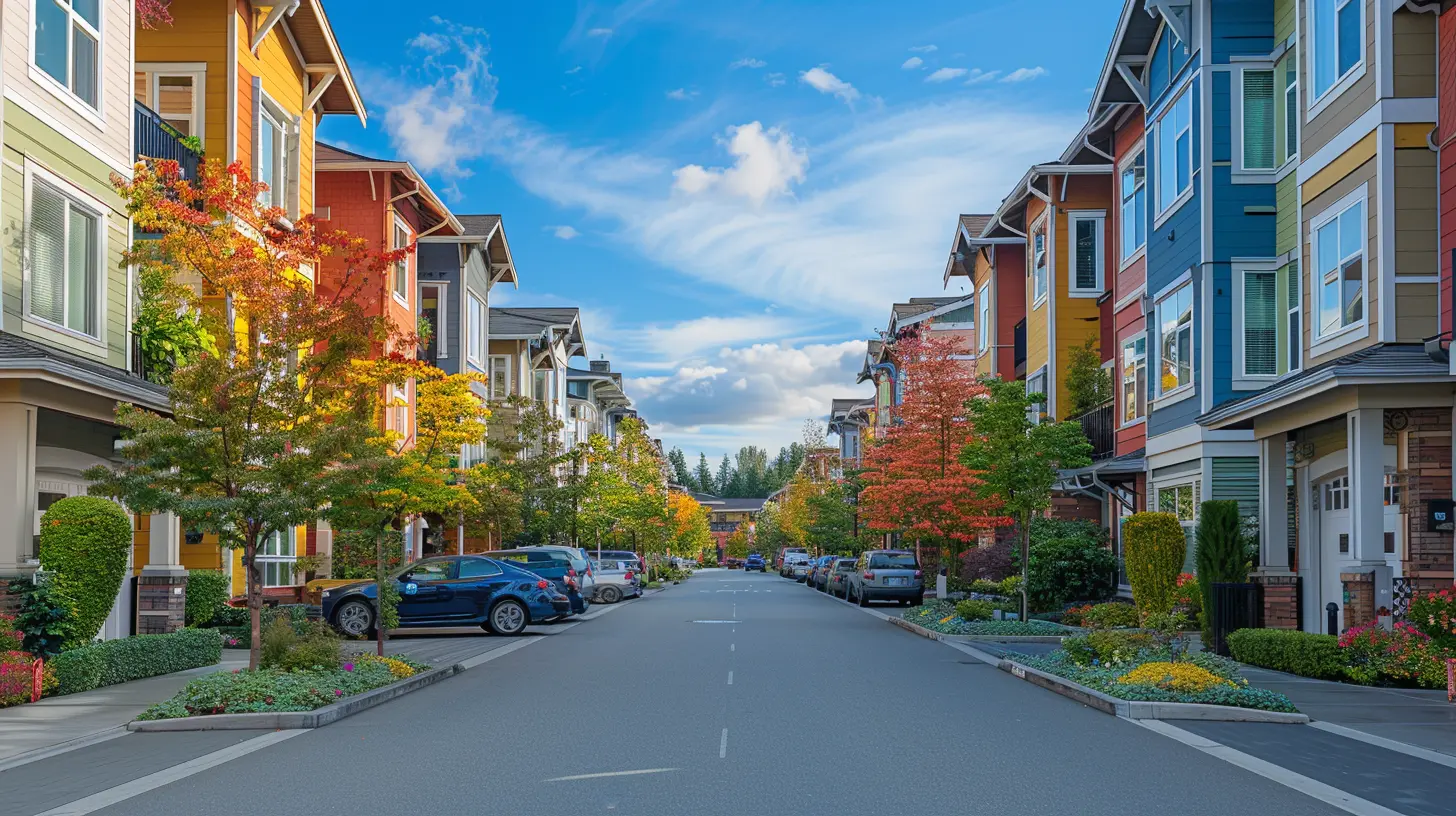
The Core Benefits of Mixed-Use Communities
1. Reducing the Carbon Footprint
One of the biggest challenges of modern cities is pollution. With countless cars on the road every day, emissions continue to rise. But mixed-use communities help tackle this issue.Since people can walk or bike to work, grocery stores, or even entertainment venues, there’s less reliance on cars. Fewer cars mean lower emissions, making these areas far more environmentally friendly. Plus, public transit systems are often integrated into these communities, further reducing traffic congestion.
2. Encouraging a Walkable Lifestyle
Ever feel exhausted from all the time spent sitting in traffic? In a mixed-use neighborhood, that frustration disappears. These communities are designed to be pedestrian-friendly, making it easy to walk or cycle everywhere.Walking-friendly spaces promote a healthier lifestyle while also cutting down on unnecessary car trips. This not only improves physical health but also enhances mental well-being—because let’s face it, who doesn’t feel better after a nice stroll in a vibrant, well-planned environment?
3. Boosting Local Economies
A thriving community depends on its local businesses. When residents live close to shops, cafes, and small businesses, they’re more likely to shop locally. Unlike traditional suburban areas where big box stores dominate, mixed-use spaces create opportunities for small businesses to flourish.Local businesses help keep money circulating within the community, creating economic stability and job opportunities. It’s a win-win for both business owners and residents.
4. Enhancing Social Connections
One of the most underrated benefits of mixed-use developments is how they bring people together. In traditional urban planning, residential areas feel isolated from commercial or recreational zones, making social interactions more difficult.However, in a mixed-use space, people naturally encounter each other more often—whether it’s at a neighborhood cafe, park, or shared workspace. These daily interactions help build relationships, fostering a strong sense of community and belonging.
5. More Efficient Use of Land
With cities growing rapidly, land is becoming a scarce resource. Instead of spreading out and consuming more space, mixed-use communities make better use of what’s available.By combining residential and commercial spaces within the same development, cities can maximize land usage while reducing sprawl. This approach preserves green spaces and ensures that urban landscapes remain both functional and visually appealing.
6. Better Access to Public Transportation
Great cities rely on efficient transportation systems. Mixed-use developments often prioritize public transit integration, making it easier for residents to commute without depending on personal vehicles. With well-placed bus stops, metro stations, and bike lanes, transportation becomes seamless and sustainable.This not only reduces congestion but also cuts down on commuting costs for residents, making city life more affordable.
7. Increased Property Values
From a real estate perspective, mixed-use communities aren’t just great for sustainability—they’re also smart investments. Properties in well-planned, walkable neighborhoods tend to retain higher value over time.Why? Because people want the convenience and lifestyle benefits these areas offer. When demand is high, property prices naturally appreciate, making them attractive for both homeowners and investors.
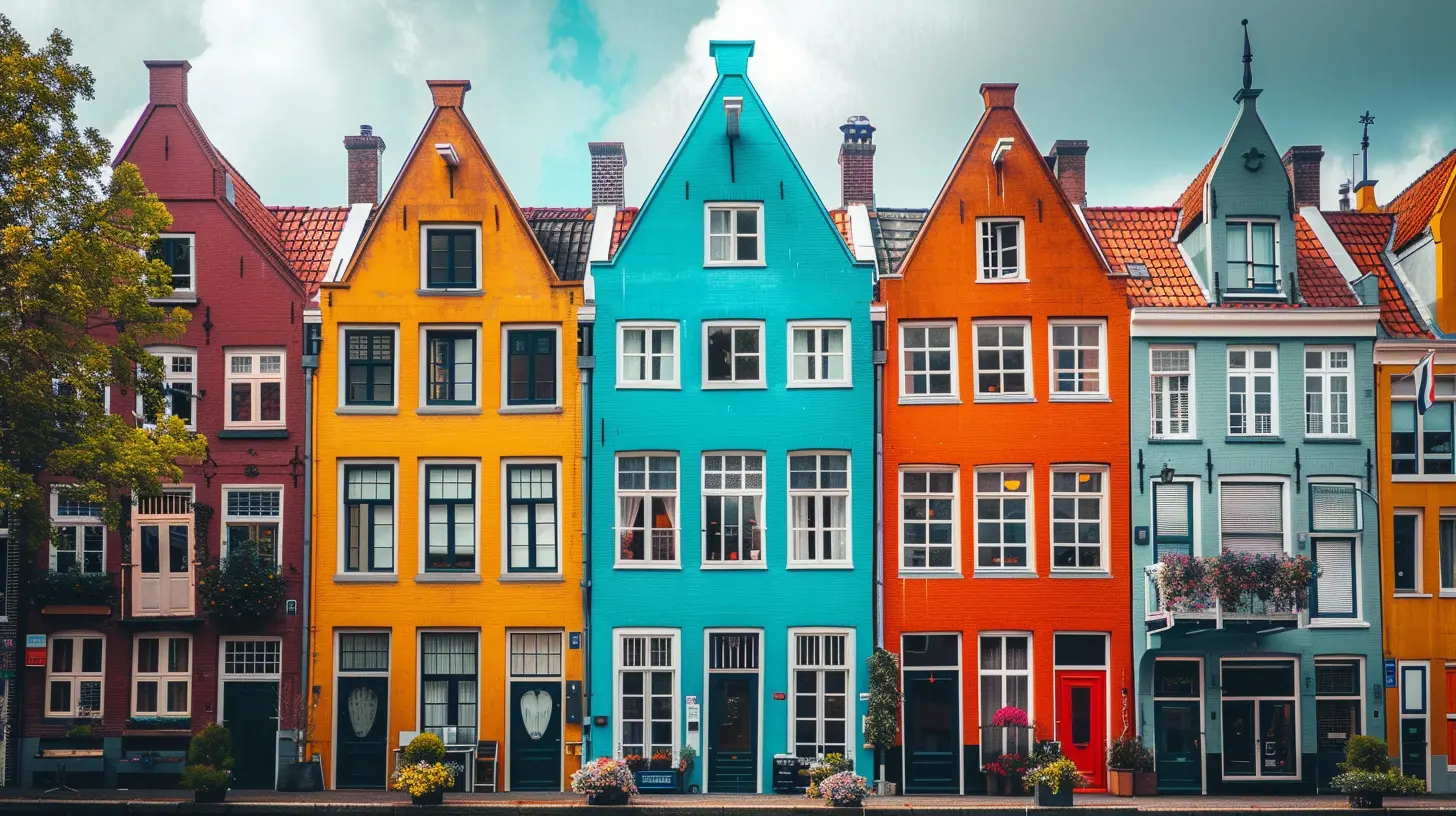
Challenges of Mixed-Use Communities (And How to Overcome Them)
Of course, no system is perfect. While mixed-use developments have numerous advantages, they also come with challenges:- Zoning Regulations: Some cities have outdated zoning laws that don’t support mixed-use developments. However, urban planners and policymakers are beginning to embrace these modern solutions.
- Noise Levels: With businesses and residences in close proximity, noise can be a concern. Fortunately, soundproofing techniques and thoughtful urban planning can mitigate this issue.
- Initial Development Costs: While mixed-use planning can be more expensive upfront, the long-term economic and social benefits make it a worthwhile investment.
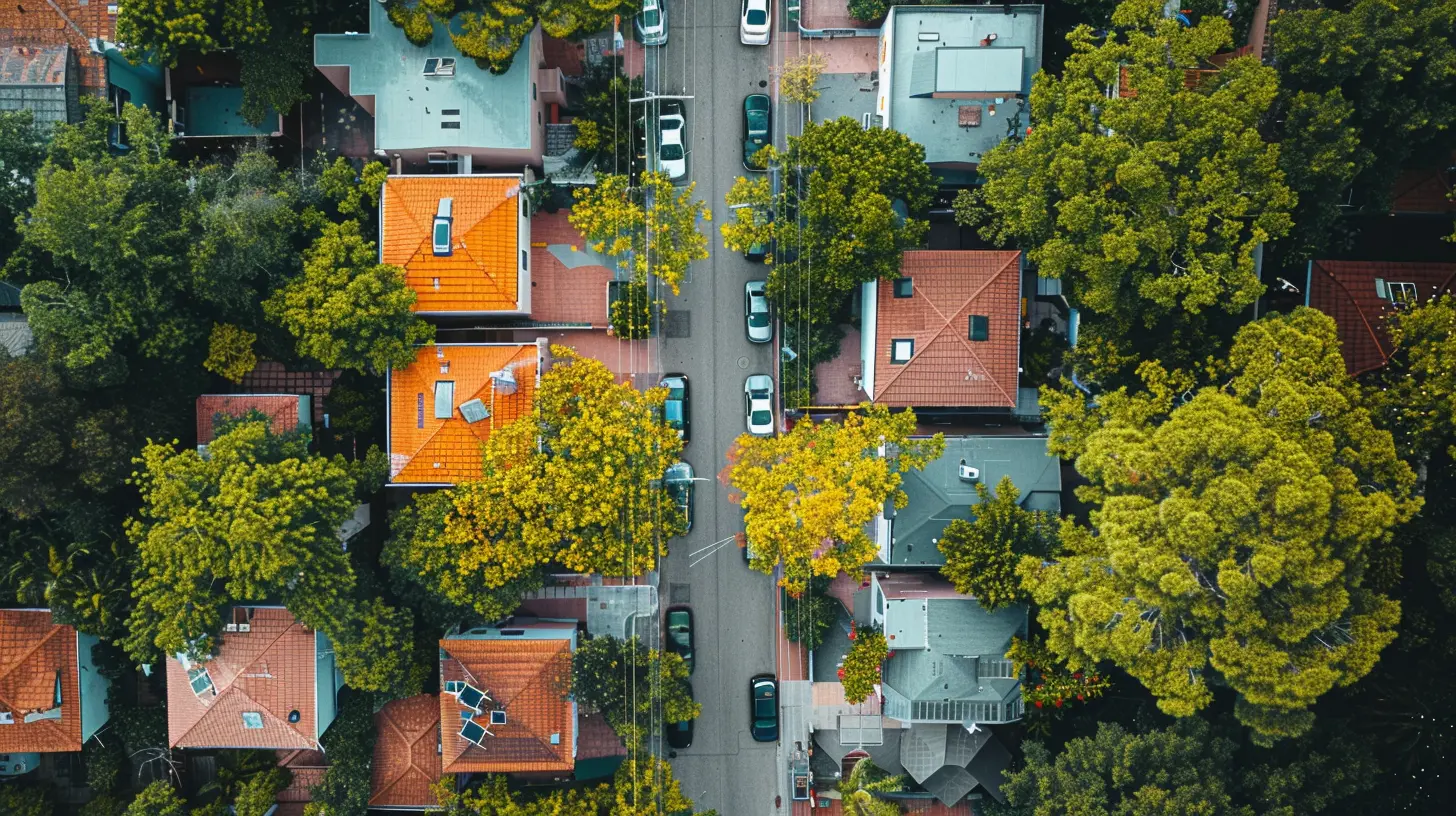
Why the Future of Urban Living is Mixed-Use
As urban populations grow, cities need innovative ways to remain livable, eco-friendly, and efficient. Mixed-use communities provide a practical solution by blending convenience with sustainability.Rather than forcing people to live far from where they work and play, these developments create holistic environments that cater to modern needs. From reducing emissions to promoting social interactions, mixed-use spaces embody everything we need for a smarter and greener future.
If we want to build cities that thrive—both economically and socially—mixed-use communities aren’t just an option. They’re the key to sustainable urban living.
all images in this post were generated using AI tools
Category:
Urban LivingAuthor:

Lydia Hodge
Discussion
rate this article
3 comments
Anastasia McKenzie
Mixed-use communities offer a sustainable solution to urban living by integrating residential, commercial, and recreational spaces. This design fosters community engagement, reduces reliance on cars, and enhances local economies, ultimately creating vibrant, livable environments that meet diverse needs.
June 16, 2025 at 10:25 AM

Lydia Hodge
Thank you for highlighting the benefits of mixed-use communities! They truly play a crucial role in fostering sustainability and vibrant living spaces.
Kristy Patterson
Mixed-use communities embody the future of urban living by seamlessly integrating residential, commercial, and recreational spaces. This synergy not only fosters vibrant social interactions but also minimizes reliance on cars, promoting walkability and reducing carbon footprints—essential elements for sustainable and resilient cities.
May 29, 2025 at 10:59 AM

Lydia Hodge
Thank you for your insightful comment! I completely agree that mixed-use communities are vital for creating sustainable urban environments that enhance social interaction and reduce our environmental impact.
Graham Chavez
Mixed-use communities foster connection, convenience, and sustainability, enhancing urban life for all residents.
May 27, 2025 at 7:01 PM

Lydia Hodge
Thank you for your insight! I completely agree—mixed-use communities truly play a vital role in creating vibrant, sustainable urban environments.
